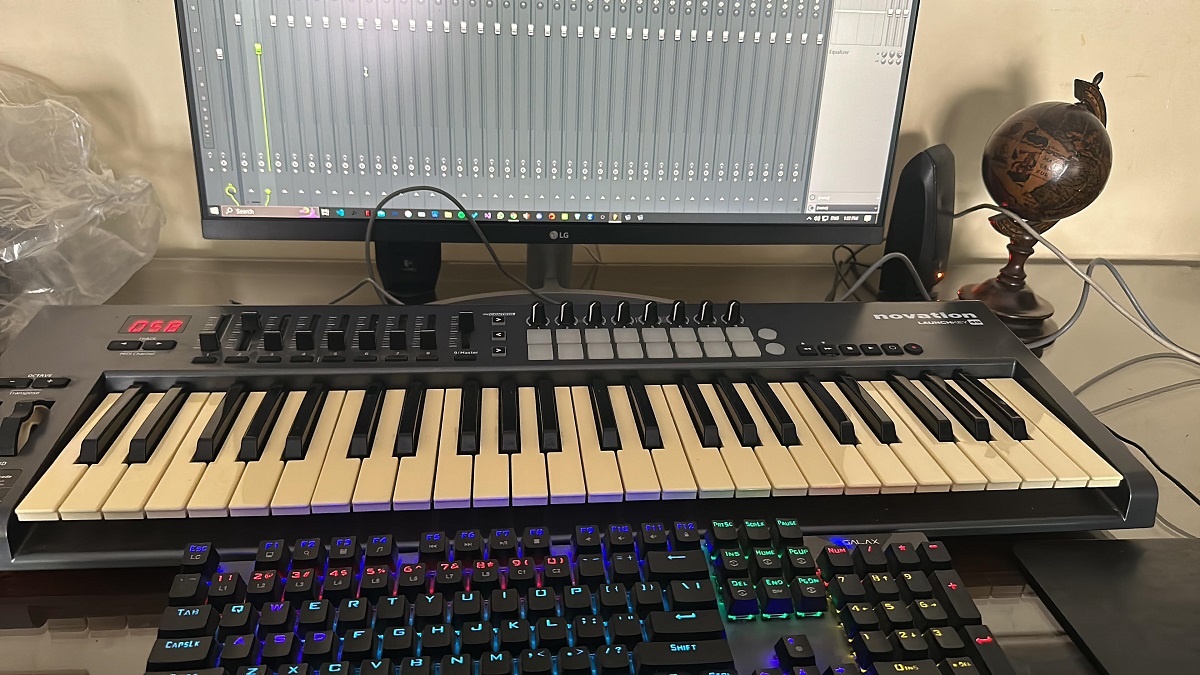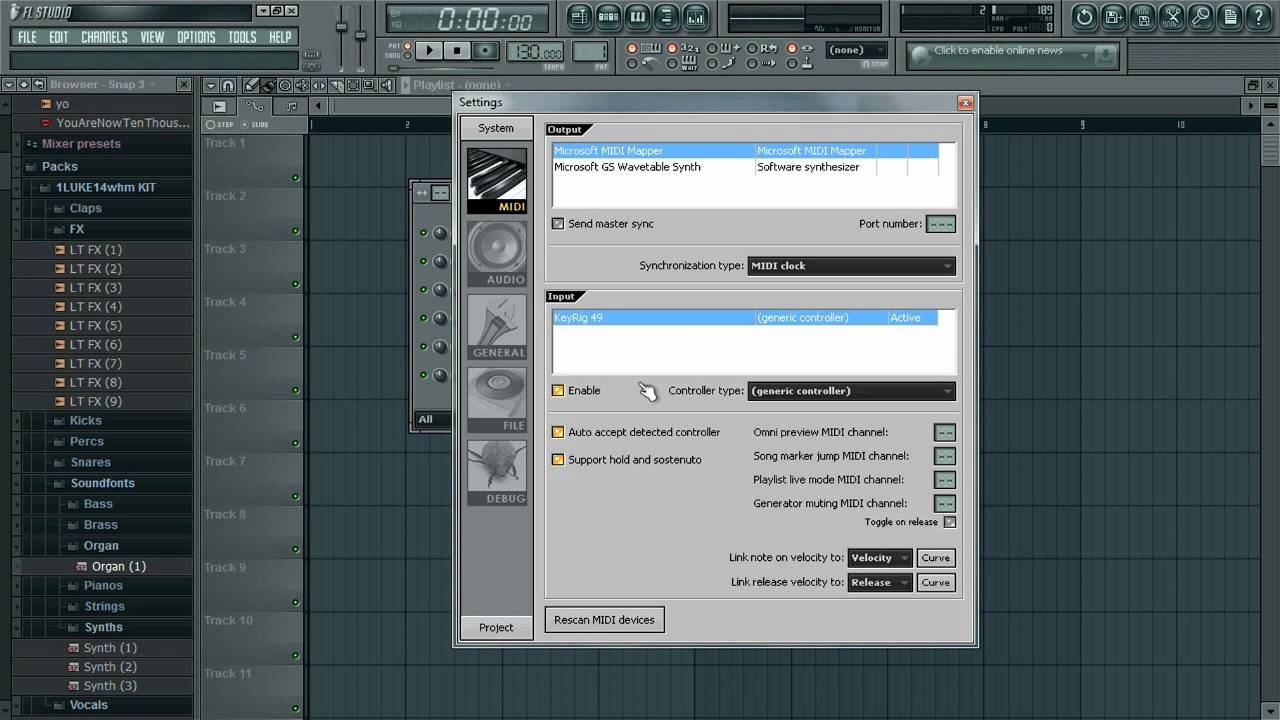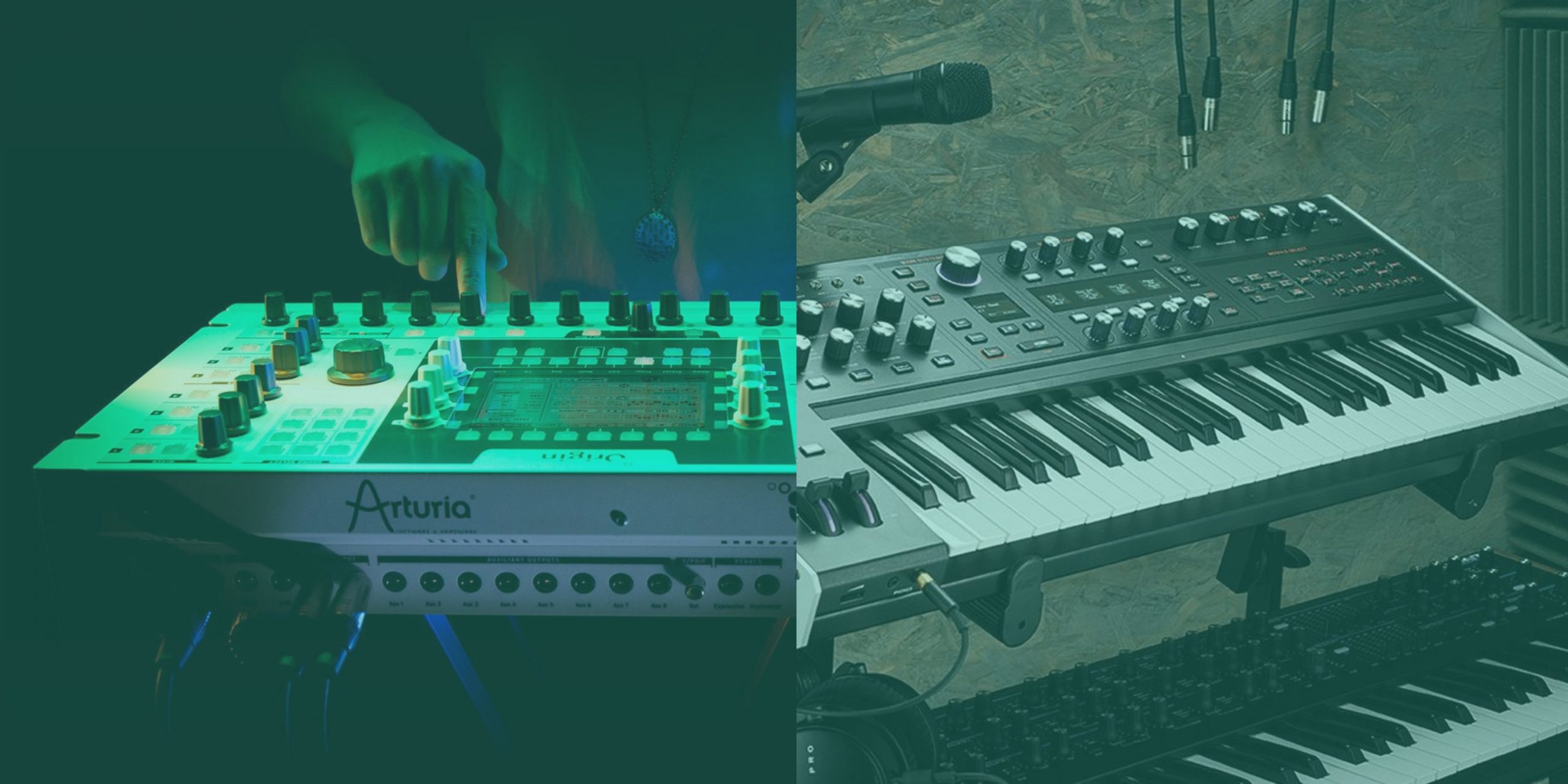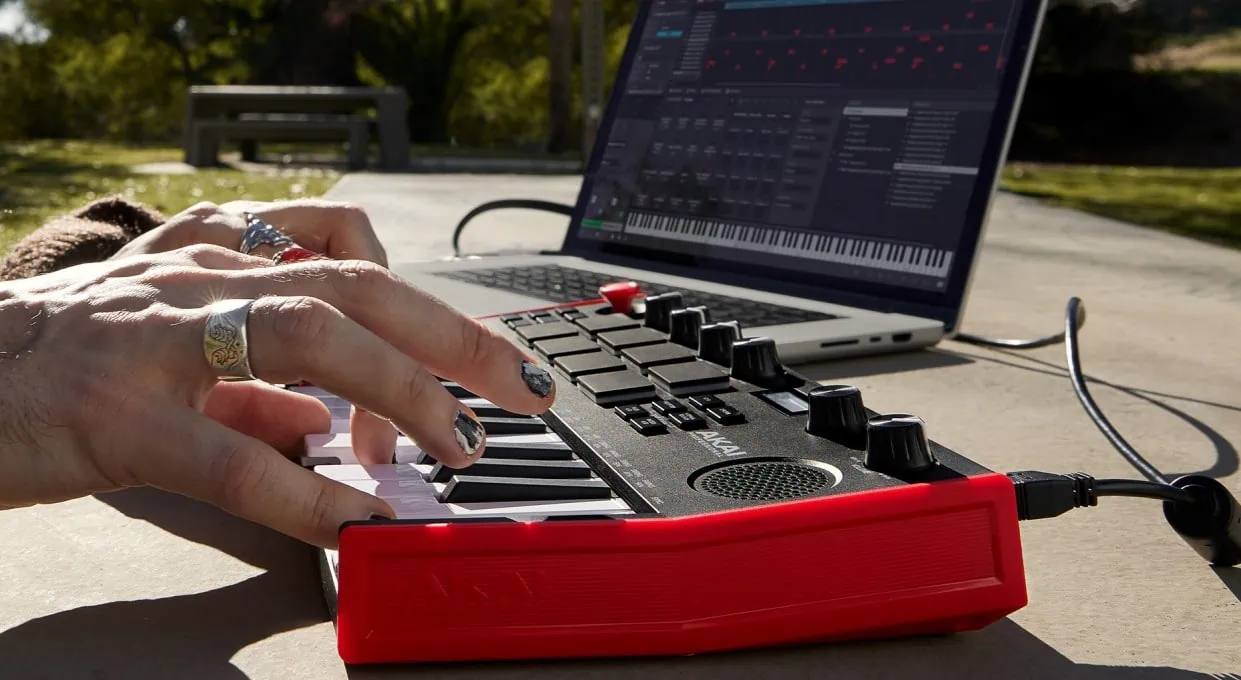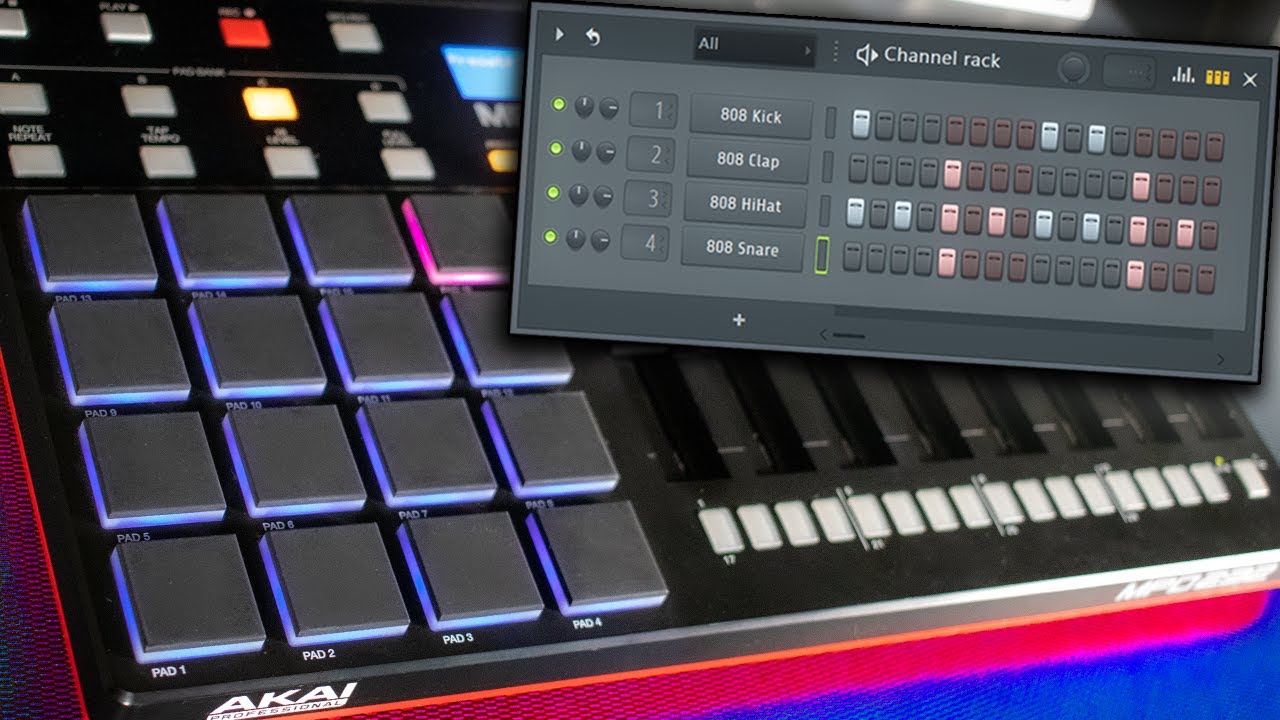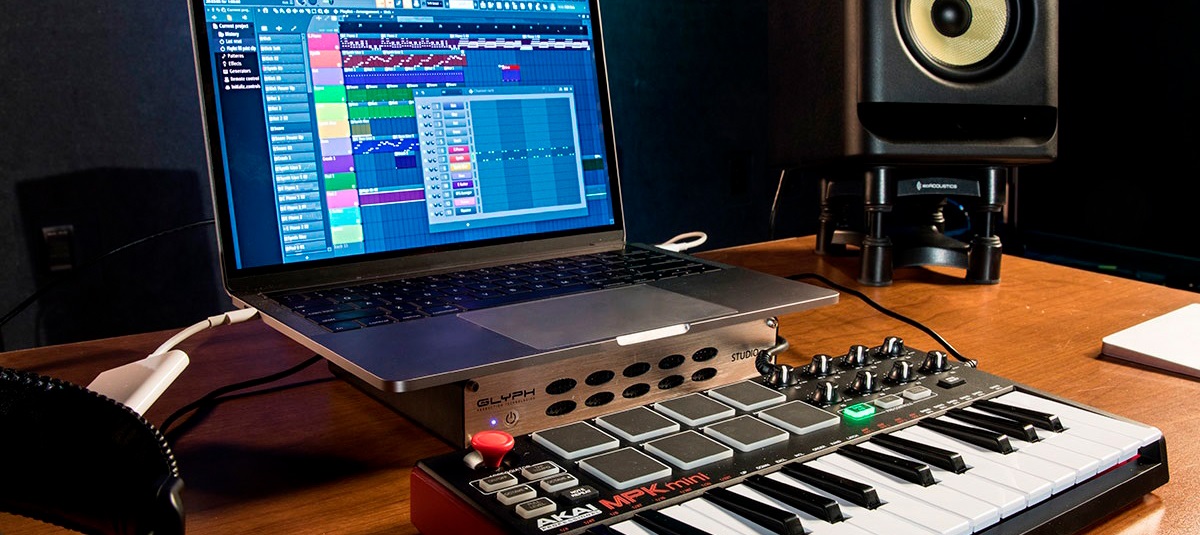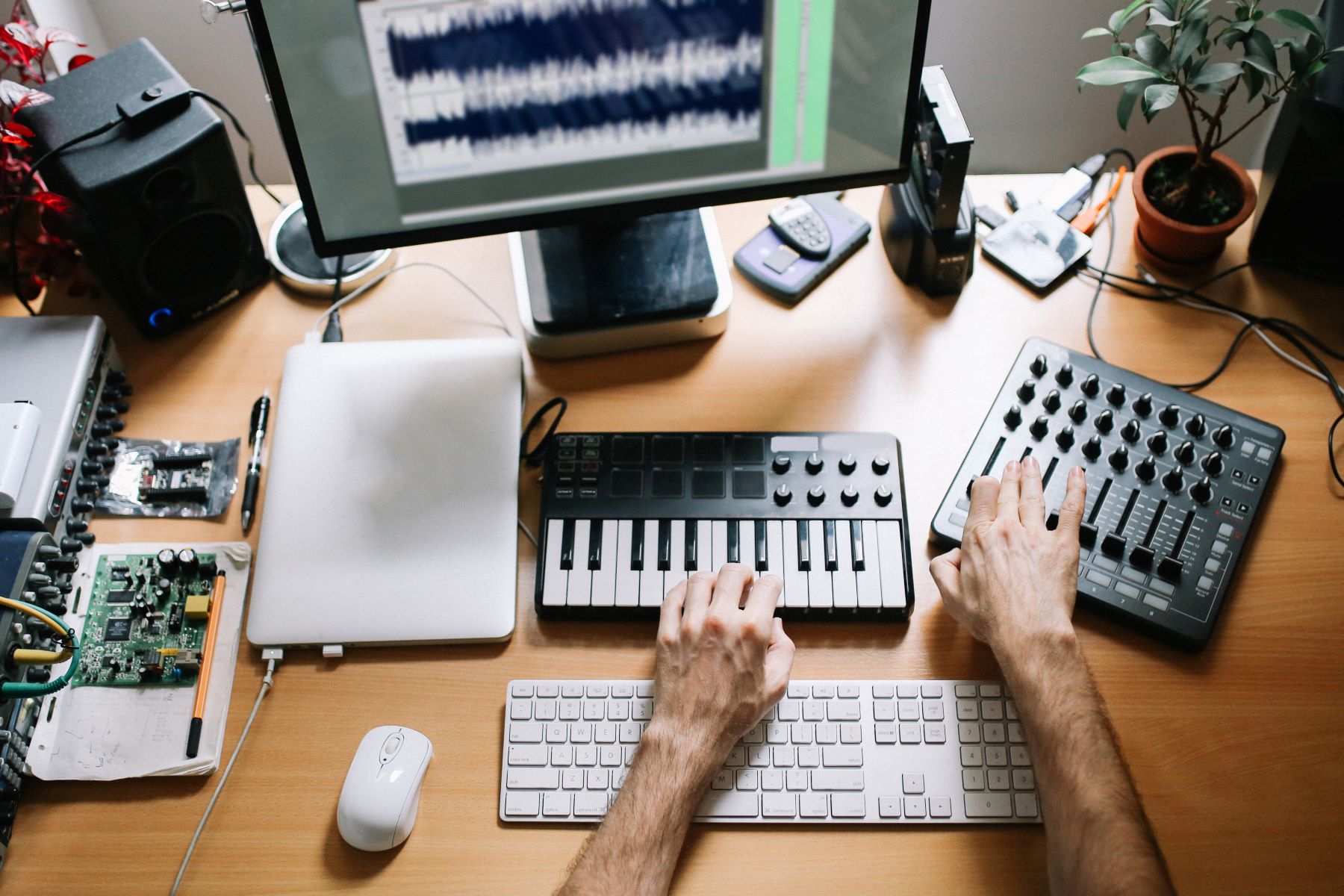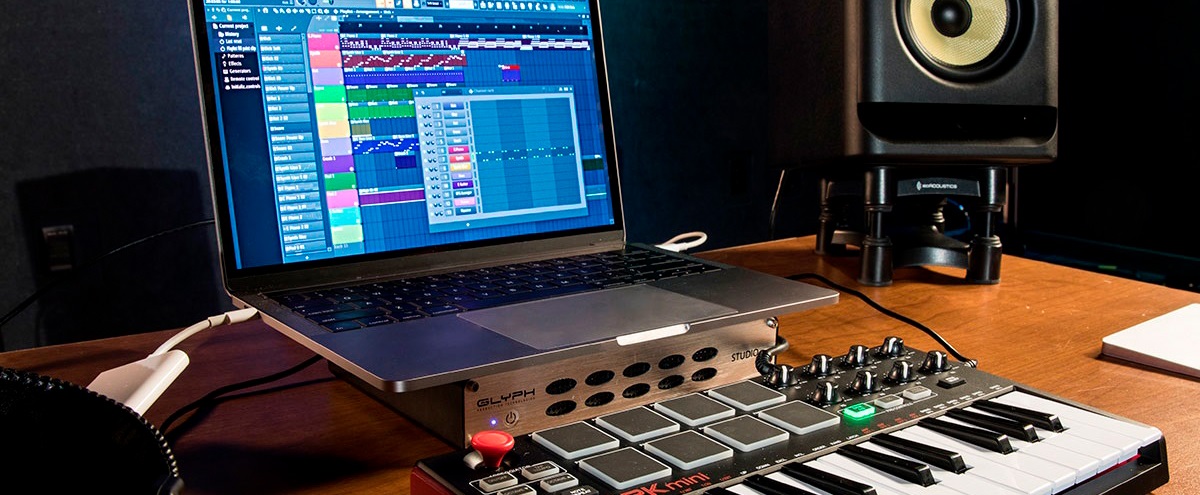Introduction
Introduction
Are you a music enthusiast looking to bring your compositions to life using FL Studio? If you have a MIDI keyboard at your disposal, you're in luck! FL Studio offers a seamless way to integrate MIDI keyboards and record your musical ideas directly into the Piano Roll. This powerful feature allows you to capture the nuances of your performance and refine them with precision. In this guide, we'll explore the process of setting up your MIDI keyboard in FL Studio and recording MIDI in the Piano Roll. Additionally, we'll delve into the intricacies of editing MIDI data to fine-tune your musical creations. By the end of this tutorial, you'll be equipped with the knowledge and skills to harness the full potential of your MIDI keyboard within FL Studio.
Whether you're a seasoned musician or an aspiring producer, understanding how to leverage MIDI recording in FL Studio can significantly enhance your workflow and creative output. With the ability to capture expressive performances and manipulate musical elements with ease, the Piano Roll serves as a versatile canvas for bringing your musical visions to fruition. Let's embark on this journey to unlock the boundless possibilities that await within FL Studio's MIDI recording capabilities.
Setting up the MIDI Keyboard in FL Studio
Before diving into MIDI recording, it’s essential to ensure that your MIDI keyboard is properly configured within FL Studio. This seamless integration will pave the way for a smooth and intuitive recording experience. Follow these steps to set up your MIDI keyboard:
- Connect Your MIDI Keyboard: Begin by connecting your MIDI keyboard to your computer using a USB cable or MIDI interface. Once connected, ensure that your keyboard is powered on and ready to communicate with FL Studio.
- Access the MIDI Settings: In FL Studio, navigate to the “Options” menu and select “MIDI Settings.” This will open the MIDI settings panel, where you can manage MIDI input and output configurations.
- Select Your MIDI Keyboard: Within the MIDI settings panel, locate your MIDI keyboard from the list of available input devices. Click on your keyboard to highlight it and ensure that it is enabled for input.
- Configure MIDI Input: Once your MIDI keyboard is selected, you can specify additional settings such as the MIDI channel and input port. These settings allow FL Studio to recognize and communicate with your keyboard effectively.
- Verify MIDI Input Signal: To confirm that FL Studio is receiving input from your MIDI keyboard, play a few notes or chords on the keyboard. You should see the corresponding MIDI input indicators light up within FL Studio, indicating successful communication.
By following these steps, you’ll establish a seamless connection between your MIDI keyboard and FL Studio, laying the groundwork for effortless MIDI recording. With your keyboard configured and ready for input, you’re now poised to capture your musical ideas directly into the Piano Roll with precision and ease.
Recording MIDI in Piano Roll
With your MIDI keyboard set up and integrated into FL Studio, you’re ready to embark on the process of recording MIDI data directly into the Piano Roll. This intuitive feature empowers you to capture your musical performances in real-time, preserving the subtleties of your playing and translating them into editable MIDI notes. Follow these steps to record MIDI in the Piano Roll:
- Open the Piano Roll: In FL Studio, select the instrument or plugin you wish to record MIDI for. Then, open the Piano Roll by clicking on the Piano Roll icon within the channel settings or by using the keyboard shortcut.
- Enable MIDI Input: Ensure that MIDI input is enabled within the Piano Roll. Look for the “MIDI Input” button within the Piano Roll interface and activate it to enable recording from your MIDI keyboard.
- Set the Recording Mode: Choose the recording mode that best suits your workflow. FL Studio offers options such as “Replace,” “Mix,” and “Overdub,” each providing distinct approaches to MIDI recording and layering.
- Arm the Recording: Arm the Piano Roll for recording by clicking the record button within the Piano Roll interface. This prepares the Piano Roll to receive MIDI input from your keyboard.
- Commence Recording: Once armed, begin playing your MIDI keyboard to record your musical performance. The notes you play will be captured in real-time and displayed within the Piano Roll as editable MIDI data.
By following these steps, you can seamlessly capture your musical ideas and performances directly into the Piano Roll, leveraging the expressive capabilities of your MIDI keyboard. This process empowers you to preserve the dynamics and nuances of your playing, laying the foundation for further refinement and manipulation within FL Studio’s versatile Piano Roll interface.
Editing MIDI in Piano Roll
Once you’ve recorded MIDI data in the Piano Roll, FL Studio provides a comprehensive set of tools for refining and editing the captured performance with precision. Whether you’re fine-tuning note placements, adjusting velocities, or exploring creative variations, the Piano Roll offers a rich array of editing capabilities. Here’s how you can effectively edit MIDI data in the Piano Roll:
- Navigating the Piano Roll: Familiarize yourself with the Piano Roll interface, which displays the recorded MIDI notes as vertical bars representing pitch and duration. You can zoom in and out, scroll horizontally and vertically, and navigate effortlessly within the Piano Roll to access different sections of your recorded performance.
- Adjusting Note Properties: Click on individual MIDI notes within the Piano Roll to select and manipulate them. You can modify various note properties, including pitch, duration, and velocity, by dragging the note boundaries, adjusting the note’s position, or fine-tuning its velocity to introduce expressive variations.
- Quantization and Snap Settings: Utilize FL Studio’s quantization and snap settings to align MIDI notes to a grid, ensuring rhythmic precision and consistency. Experiment with different quantization strengths and snap settings to achieve the desired rhythmic feel while maintaining musical integrity.
- Articulation and Expression: Delve into the expressive potential of MIDI editing by incorporating articulation and expression elements. Adjust note velocities to control the dynamics of each note, introduce pitch bends, and explore modulation to infuse your MIDI performance with emotive nuances.
- Exploring MIDI Tools: FL Studio offers a diverse range of MIDI editing tools, including brush, pencil, and line tools, which enable you to sculpt and manipulate MIDI data with precision. Experiment with these tools to refine note arrangements, create melodic variations, and craft intricate musical patterns.
By leveraging these editing capabilities within the Piano Roll, you can sculpt and refine your MIDI performances with meticulous detail, breathing life into your musical compositions. Whether you’re correcting imperfections, enhancing musical expressiveness, or experimenting with creative embellishments, the Piano Roll serves as a versatile canvas for shaping your musical ideas with finesse.
Conclusion
Mastering the art of recording and editing MIDI in the Piano Roll within FL Studio opens a gateway to boundless creative possibilities for music producers and enthusiasts. By seamlessly integrating your MIDI keyboard into FL Studio and harnessing the power of the Piano Roll, you can capture expressive performances, refine musical nuances, and sculpt intricate compositions with precision.
As you navigate the process of setting up your MIDI keyboard, recording MIDI in the Piano Roll, and refining your musical ideas through meticulous editing, you embark on a journey of musical exploration and innovation. The seamless integration of hardware and software empowers you to translate your musical inspirations into tangible compositions, harnessing the expressive capabilities of your MIDI keyboard within the intuitive framework of FL Studio.
Through the iterative process of recording, editing, and refining MIDI data, you gain the tools to breathe life into your musical visions, infusing them with emotive depth and creative ingenuity. The Piano Roll serves as a dynamic canvas for capturing the nuances of your performances and shaping them into cohesive musical arrangements, amplifying your creative potential and enabling you to realize your artistic aspirations.
By embracing the intricacies of MIDI recording and editing within FL Studio’s Piano Roll, you equip yourself with the knowledge and skills to elevate your musical productions, enrich your compositions, and embark on a continual journey of sonic exploration. As you continue to refine your craft and expand your musical horizons, the seamless synergy between your MIDI keyboard and FL Studio’s Piano Roll becomes a conduit for translating your musical imagination into captivating realities.







